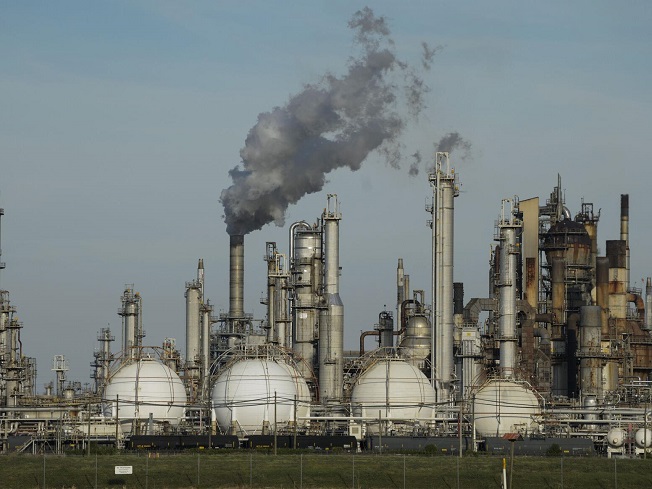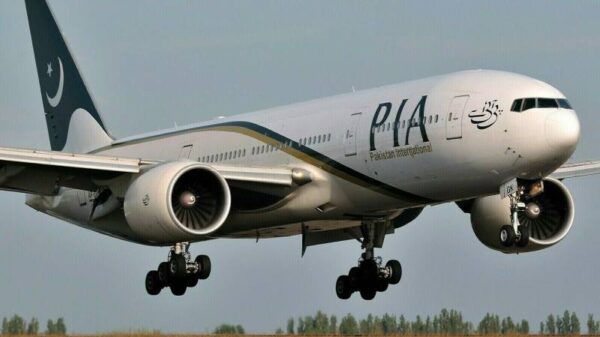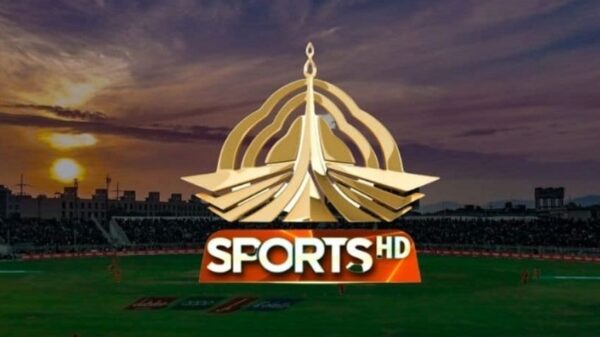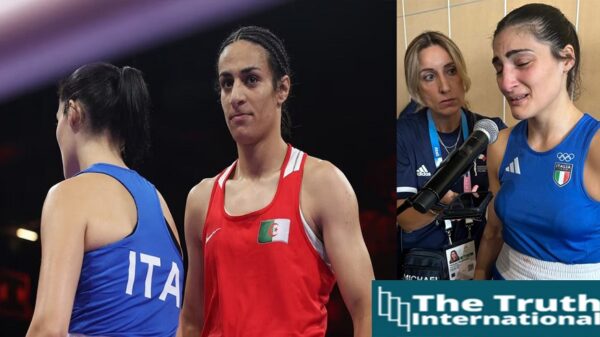PM relief package of 28th February 2022 envisaging a Rs 10 per litre drop in petrol and diesel prices for the next four months is financially unsustainable and is anticipated to cost Rs 63 billion per fortnight (subsidy and lost revenue).
According to authorities from the Petroleum and Finance Division, OGRA suggested that the price of high-speed diesel (HSD) be increased from April 1 of next year by Rs 213.02/litre and that of gasoline by Rs 205.64/litre. For example, these costs would include the current PL and GST rates, which are both now nil.
As per OGRA’s recommendation, the IMF-agreed-upon PL rate of Rs 4 per litre will be applied to this fortnight’s petrol and HSD PL prices of Rs 21.92 per litre and Rs 17.30, respectively. According to OGRA’s recommendation, 5% sales tax should be added to fuel and HSD, which now have no sales tax.
For HSD, OGRA recommends a rise of Rs 68.87 per litre in the ex-depot price, from Rs 144.15″ to Rs 213.02″ per litre, effective April 1.
Price increases for kerosene oil and light diesel oil (LDO) have also been proposed by the regulator, which recommends hiking the ex-depot price of these two products by Rs 37.82 per litre and Rs 40.24 per litre, respectively. Taxing SKO at Rs 5 per litre and LDO at Rs 9.50 per litre has also been suggested as a PL option.
As per the announcement of the Prime Minister to keep the prices at the existing level till 30 June 2022, the government will bear the burden of additional subsidy estimated at around Rs 33 billion for fifteen days -Rs 24.07 per litre on petrol, Rs 41.43 per litre on HSD, Rs 32.82 per litre on SKO and Rs 30.74 per litre on LDO for the fortnight (April 1-15).
On the condition of anonymity, an official from the Petroleum Division claimed that the Prime Minister’s announcement of a cut in petroleum prices was not sustainable for PSO and oil marketing businesses (OMCs).
OCAC wrote a letter to the Energy Ministry on March 1, 2022, stating that “if the local consumer prices are not aligned with the international market and PDC regime is continued, the industry cannot maintain it, and this will lead to a severe supply chain disruption – more so during the upcoming harvesting season, which will lead to an acute crisis of petroleum products shortage similar to what was faced in June 2020.”
With a 54 percent market share in petroleum products sales, PSO has accrued more than $500 million in receivables.
Pakistan’s fuel and diesel costs are the lowest in the area, according to a worldwide petrol pricing database. In India, the price per litre is $1.353; in Afghanistan, it is $0.881; and in Nepal, it is $1.273.
It costs $0.791 per litre in Pakistan, which is $1.190 per litre in India, and $0.802 per litre in Afghanistan for diesel in Pakistan.
The International Monetary Fund (IMF) was unconvinced by the government’s reason for financing the package, according to a Finance Minister official who spoke on condition of anonymity.
A news conference on March 20th by Shaukat Tarin, Pakistan’s former Finance Minister, said that the International Monetary Fund (IMF) has asked for further data regarding Prime Minister’s relief package funding.
Additional information will be communicated with the Fund on March 24-25, and the provinces’ agreement on a relief package will be shared with the Fund, said the Minister. He stated that they will syphon certain monies from the development budget and the profits of the state-owned enterprises.
Works at The Truth International Magazine. My area of interest includes international relations, peace & conflict studies, qualitative & quantitative research in social sciences, and world politics. Reach@ [email protected]










